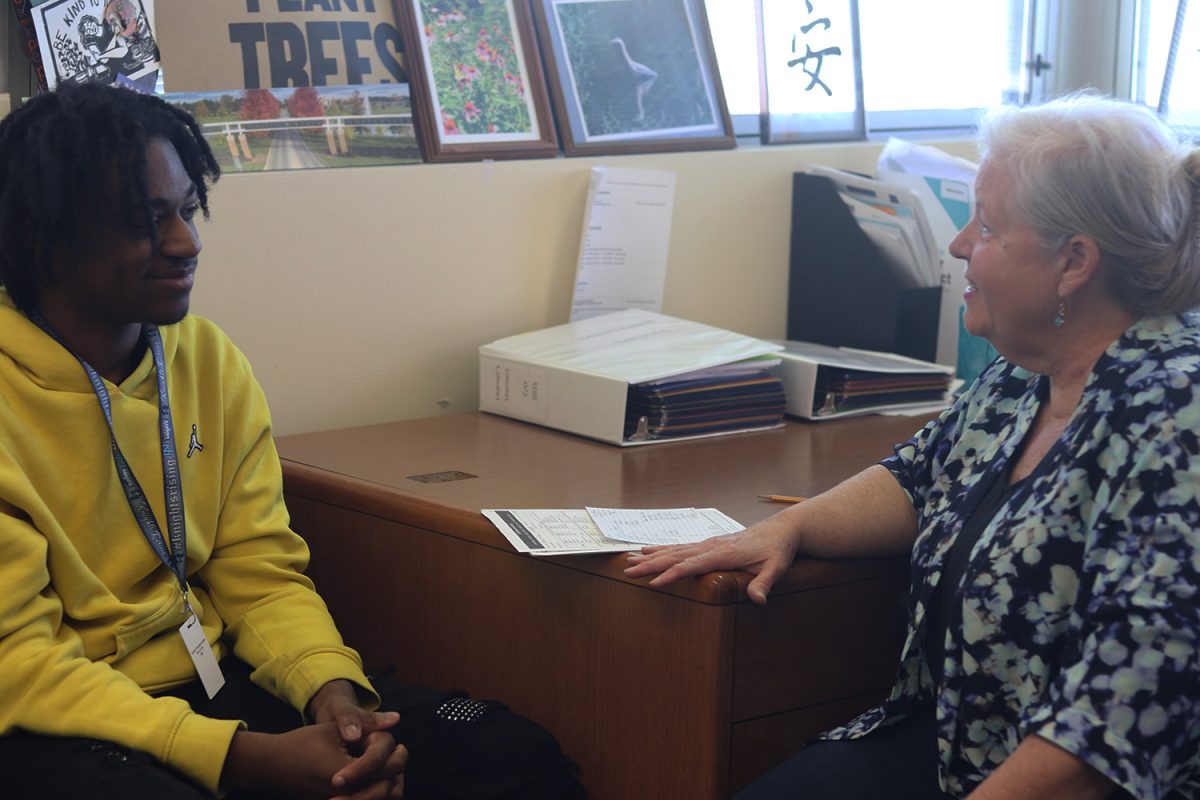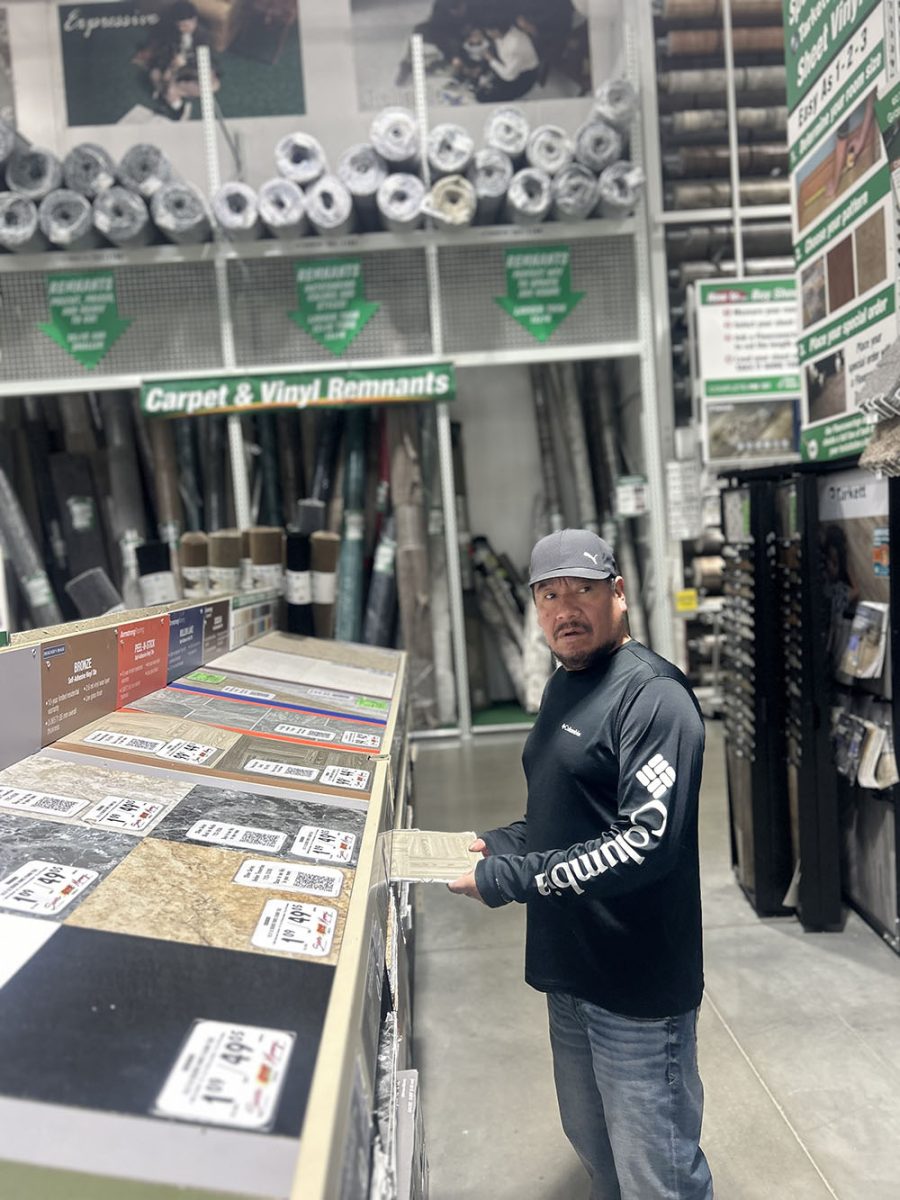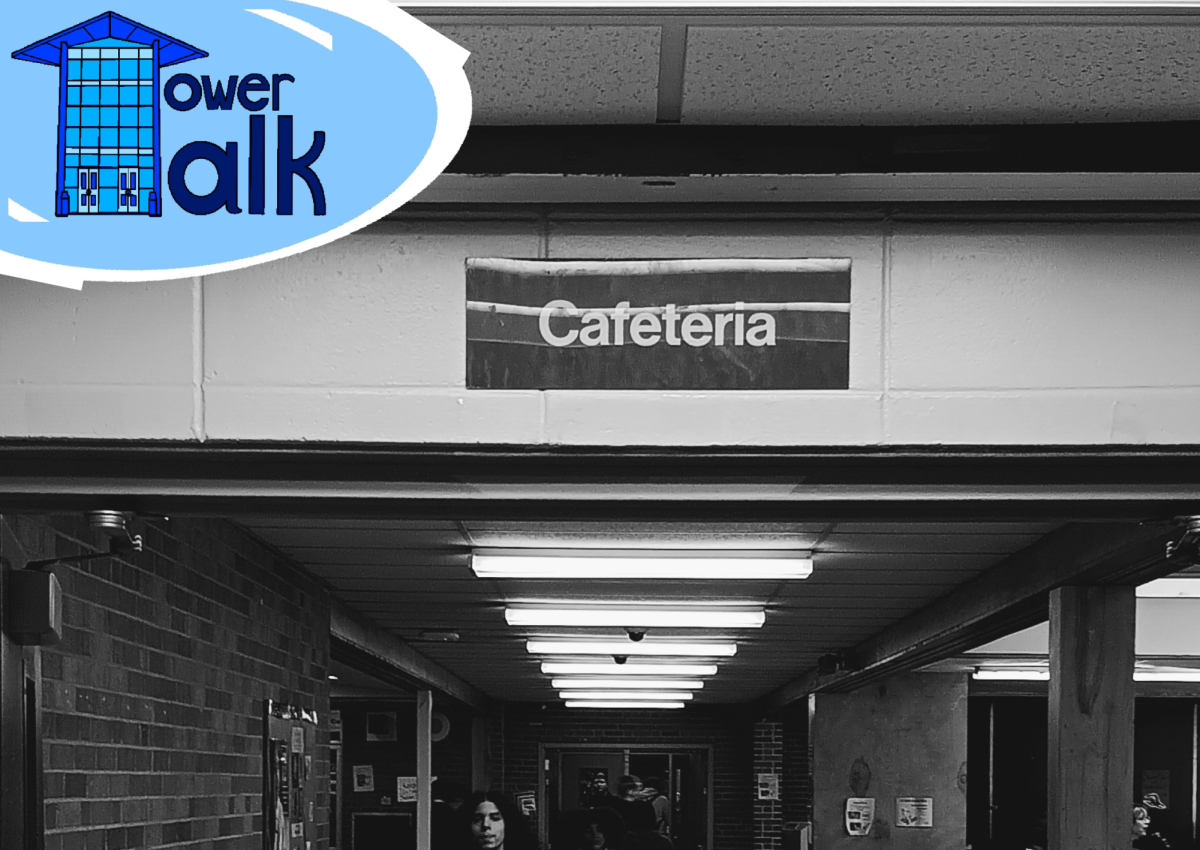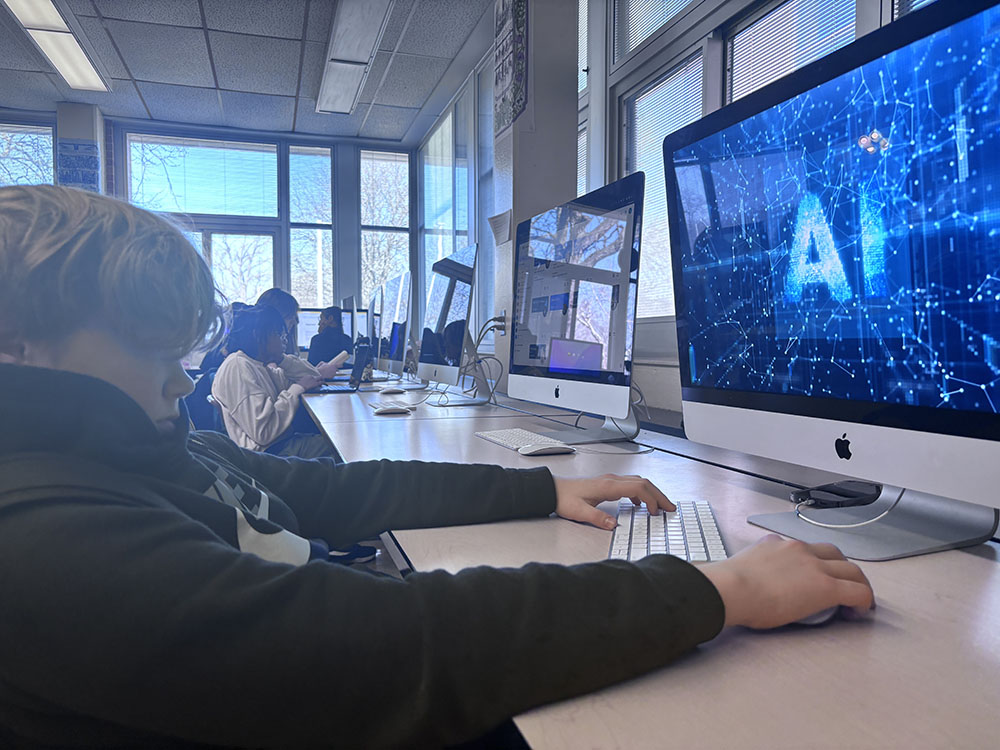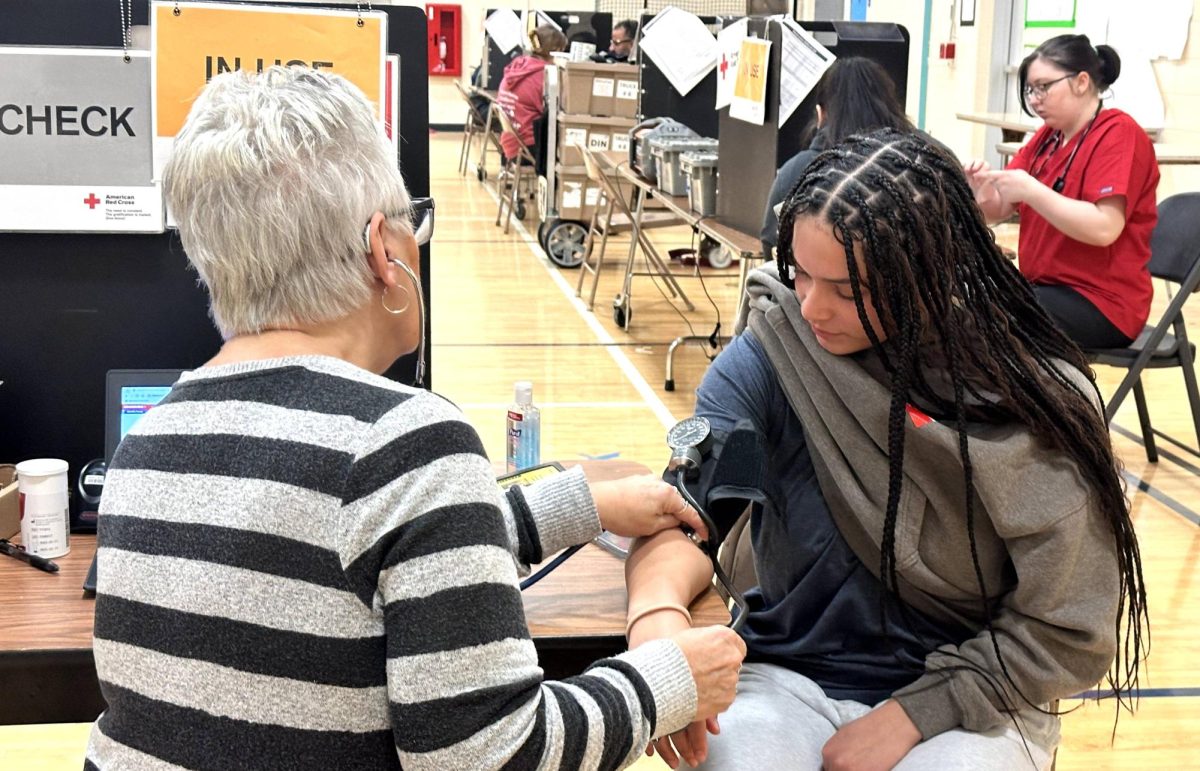By Miki Patel

Child labor may not be a problem in America, but it is still an issue in many other countries today. Children are being used to produce some of the goods that we consume on a daily basis such as coffee, bananas, chocolate, grapes, and beans. We often neglect to pay attention to how these goods are produced and the labor put into producing them, but there is something that can be done to show that we are against the free trade that occurs in third world countries.
That is, to buy fair trade goods. Fair trade ensures safe working conditions, no child labor, environmental sustainability, and farmers getting paid a reasonable price. Not only does fair trade help the environment, but it also helps the third world producers too since they are the ones involved in free trade.
According to Plan USA, approximately 218 million children are used as child laborers and 126 million of these children work in hazardous conditions. These hazardous conditions may include working in mines, working with chemicals and pesticides, or operating dangerous machinery.
Child laborers can be forced to work up to 12 hours a day and seven days a week in some places. These children are promised a good pay, but end up being paid little to nothing at all. According to Santa Clara University, the amount of work they put into a day and the harsh conditions within factories that they work in leaves them vulnerable to lung disease, lead poisoning, and skin ailments.
Families living in poverty do not have many options to choose from. Either they can live in poverty, send their child to work for little pay, or sell their child completely to be used as a child laborer. Sometimes, families even promise a generational child labor––where a child is guaranteed from each generation––to the employer. The generational child labor is an endless cycle and it is hard for the child to break free from this bond. Some places where this occurs are Africa and China. Money may be able to free a few of the children from their child laboring jobs, but most families are unable to raise enough money to get their child back.
According to the Fair Trade website, over 72 percent of the United Kingdom population recognizes the fair trade mark and over 7 million people in Africa, Asia, and Latin America benefit from fair trade. The fair trade mark is a certification that separates fair trade products from other products on the market by making it easier to locate the seal on their products. The fair trade mark guarantees that these products were not made by the hands of a child laborer.
The amount of people that are aware of fair trade products is increasing according to Paul Rice, the chief executive of Fair Trade USA.
“We’re all debating what do we want fair trade to be as it grows up,” said Rice. “Do we want it to be small and pure or do we want it to be fair trade for all? The more we grow volume, the more we can increase the impact.”
Because of the enormous impact of child labor, it is not an issue that can be solved in a single day. The first step to end child labor is to learn about it as much as possible. Child labor is a crime according to the Universal Declaration of Human Rights set forth by the United Nations (UN). However, the UN can only enforce the law and is unable to control the human rights violations that occur in other countries.
Matthew McCullough, a social studies teacher at Loy Norrix, holds a fair trade fair in his global issues class.
“My students had a project about fair trade where they had to explain why fair trade is good and give examples of different products,” said McCullough. “We invited other classes to come see what [my students] were doing.”
McCullough explains that students who participate in this fair trade project are somehow impacted by it.
“Most students that do this project usually think twice about whom they’re helping when they go to the store because they are aware about what it means for a product to be considered fair trade,” said McCullough.
Tatiana Berquist, a sophomore at Loy Norrix, was one of McCullough’s students who was impacted by the fair trade project.
“I did think about what I was buying when I was a freshman, but I don’t as much anymore,” said Berquist. “I do make my dad buy fair trade coffee though.”
Berquist expresses her feelings towards child labor in third world countries.
“I think it’s really bad and cruel and we should do something to help them,” said Berquist.
Besides spreading awareness, there are numerous other ways that people can help. Some of the ways to help are to join non-governmental organizations (NGOs) or community-based organizations (CBOs) that are socially concerned about the children involved in free trade child labor.
We can turn our backs on third world producers involved with free trade or we can make a smarter decision by buying fair trade products. If we cannot end free trade, let’s speak against it through our purchases. Fair trade products may not be the cheapest items on the store shelf because they were actually produced by farmers who get paid a reasonable price for their work, but at least it gives us an opportunity to make a difference for the farmers who helped produce them and for those involved with free trade. The money we spend on our daily goods can improve an entire community’s lives.








